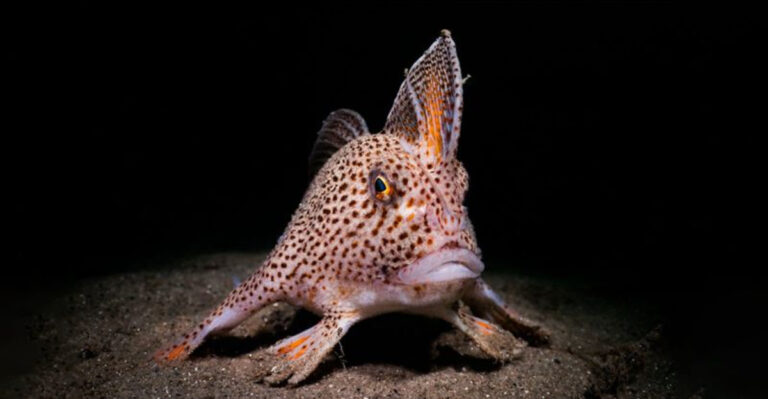What Makes Alpacas The Hypoallergenic, Gentle, And Flame-Resistant Marvels Of The Andes?
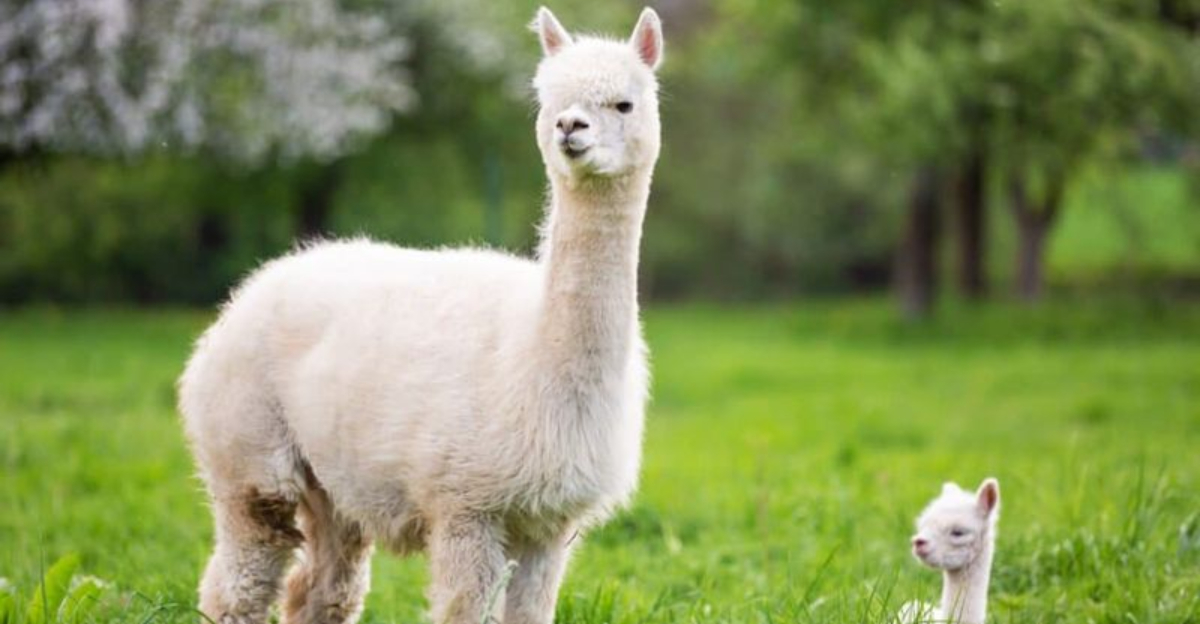
High in the Andean mountains roams a creature that’s more than just a cute, fluffy face. Alpacas have been treasured for thousands of years, not just for their adorable appearance but for their incredible fiber and gentle nature.
These remarkable camelids offer a unique combination of qualities that make them both fascinating companions and valuable livestock with benefits that might surprise you.
1. Luxurious Hypoallergenic Fiber
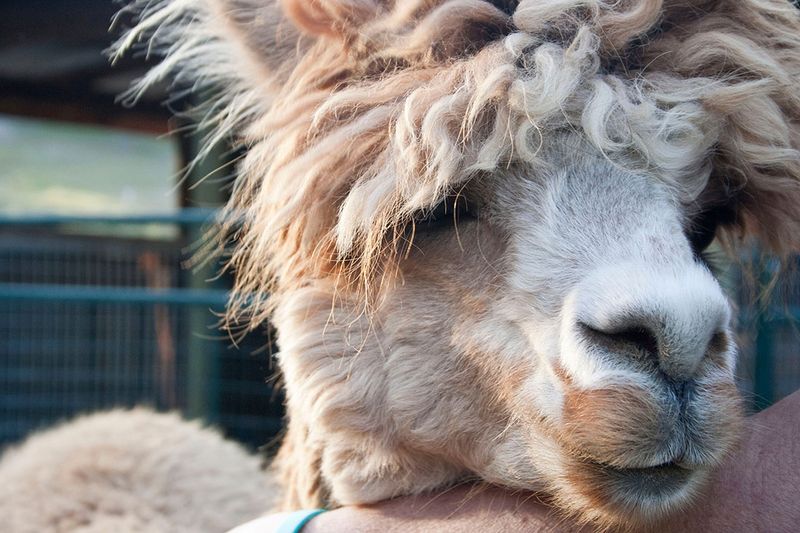
Alpaca fiber lacks lanolin, the waxy substance found in sheep’s wool that triggers allergic reactions in many people. This natural characteristic makes alpaca products ideal for those with sensitive skin or wool allergies.
Unlike scratchy traditional wools, alpaca fiber feels smooth against the skin. Even individuals who can’t tolerate cashmere or merino often find alpaca clothing wonderfully comfortable and irritation-free.
2. Natural Flame Resistance

Surprisingly, alpaca fiber possesses inherent flame-resistant properties without any chemical treatments. The fiber won’t ignite easily and tends to self-extinguish rather than melt or drip when exposed to fire.
This natural safety feature makes alpaca products excellent choices for baby clothing, bedding, and home textiles. Ancient Incas valued this property, using alpaca fiber for protective garments long before modern flame-retardant technologies existed.
3. Remarkable Temperature Regulation
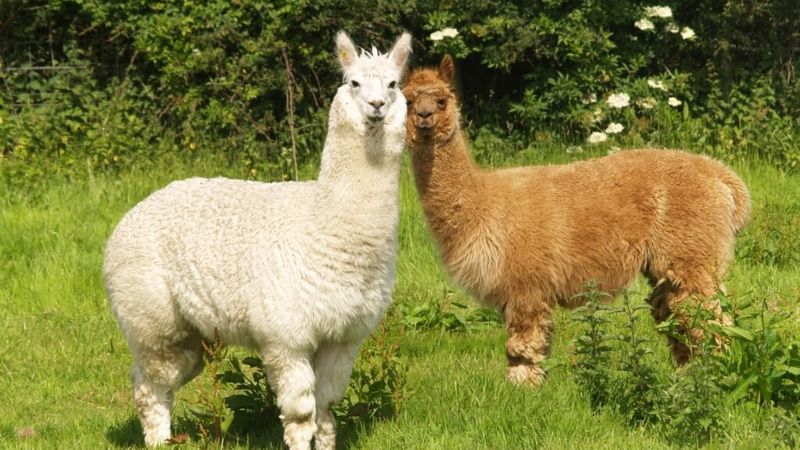
Microscopic air pockets within alpaca fibers create exceptional thermal properties. These tiny pockets trap body heat during cold weather while allowing excess heat to escape when temperatures rise.
Andean herders rely on this feature, wearing the same alpaca garments year-round despite extreme temperature fluctuations in mountain environments. A single lightweight alpaca layer often provides more comfort across varying conditions than multiple layers of other materials.
4. Gentle Herd Mentality
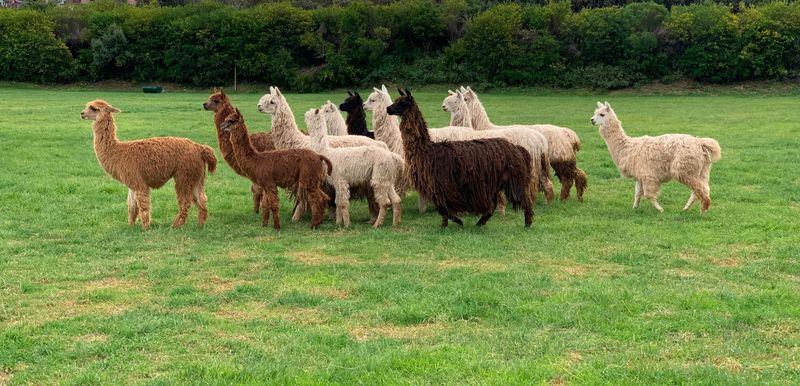
Alpacas form strong bonds within their herds, displaying remarkable social intelligence. They communicate through soft humming sounds and body language, creating a peaceful community atmosphere.
Unlike some livestock, alpacas rarely show aggression toward humans or other animals. Their cooperative nature makes them excellent therapy animals. When one alpaca feels threatened, the entire herd gathers protectively around it – a beautiful display of their compassionate instincts.
5. Eco-Friendly Grazing Habits
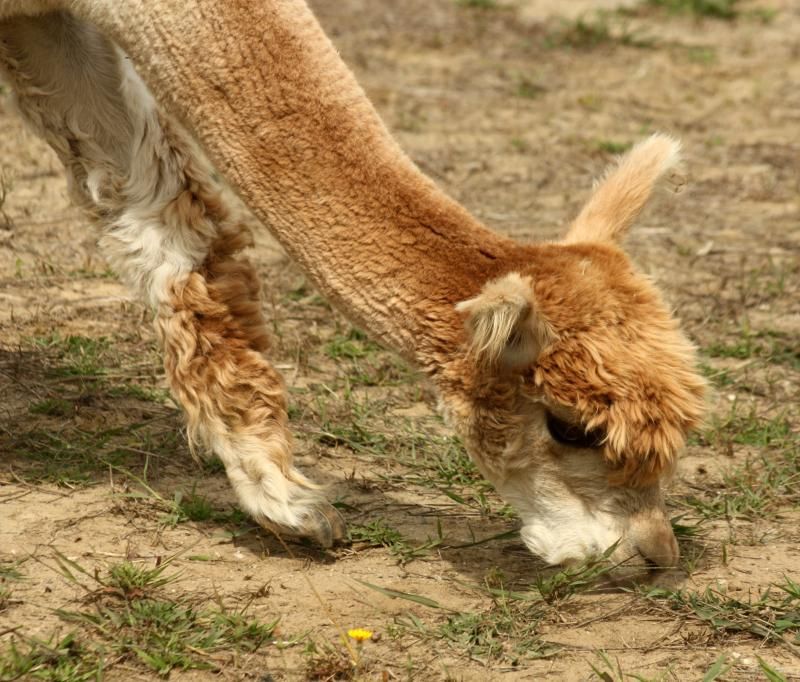
Alpacas’ unique split upper lip allows them to select individual plants without uprooting entire patches of vegetation. Their padded feet cause minimal soil damage compared to hooved animals like cattle or sheep.
These sustainable grazers consume less food than other livestock while efficiently converting grass into fiber. An alpaca needs just one-third the feed of a cow, making them environmentally friendly farm animals that help preserve delicate mountain ecosystems.
6. Communal Bathroom Habits
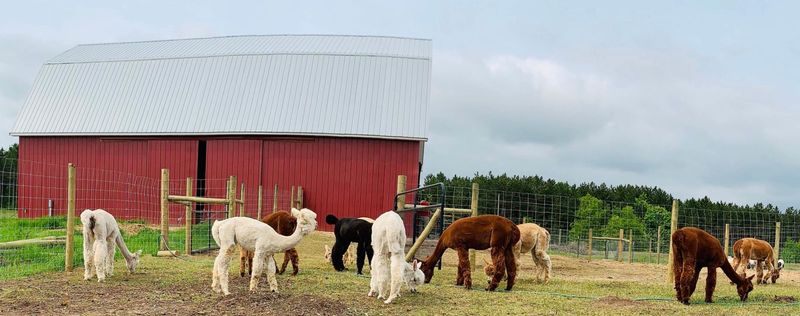
Fascinatingly, alpacas designate specific bathroom areas within their pastures, creating natural dung piles rather than randomly soiling their living space. This instinctive behavior keeps their grazing areas clean and parasite-free.
Farmers appreciate this tidy habit since it simplifies manure collection for garden fertilizer. Alpaca pellets can be applied directly to plants without composting first, as they won’t burn delicate roots like other livestock manures often do.
7. Water-Repellent Fiber
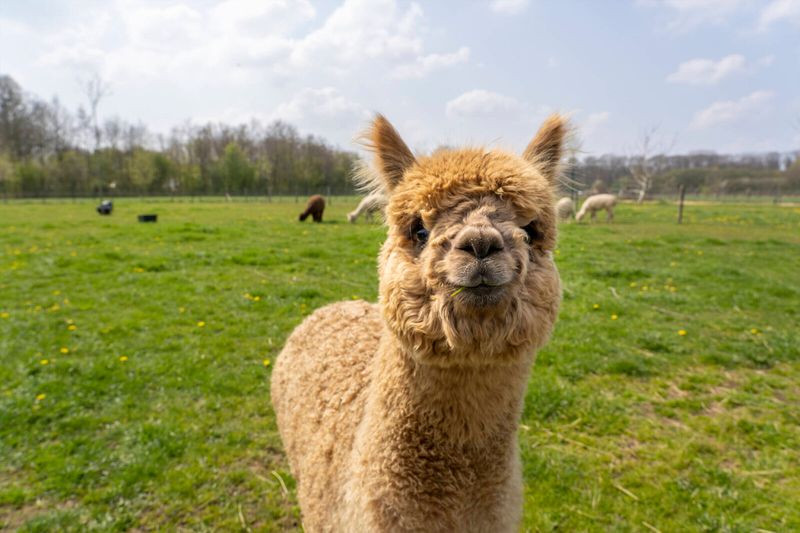
The microscopic structure of alpaca fiber creates natural water resistance without sacrificing breathability. Tiny scales on each fiber overlap like roof shingles, allowing moisture to bead up and roll off rather than soaking through.
Hikers and outdoor enthusiasts treasure alpaca garments for their performance in misty mountain conditions. Ancient Andean peoples relied on this property, wearing alpaca ponchos that kept them dry during frequent mountain rains while still allowing perspiration to escape.
8. Silent Communication System
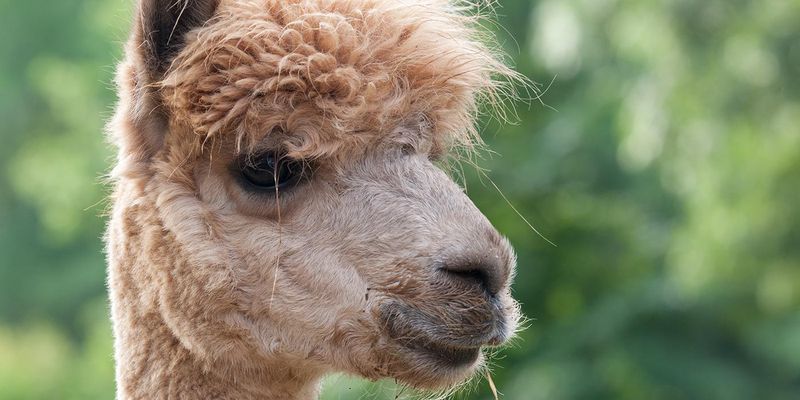
Alpacas have developed a sophisticated non-verbal language using ear positions, tail movements, and body postures. Their large, expressive eyes convey emotions clearly to observant caretakers.
When content, alpacas make gentle humming sounds barely audible to human ears. Their communication style creates peaceful farm environments compared to the noisy calls of other livestock. This quiet nature makes them excellent neighbors even in residential areas.
9. Vibrant Natural Color Palette
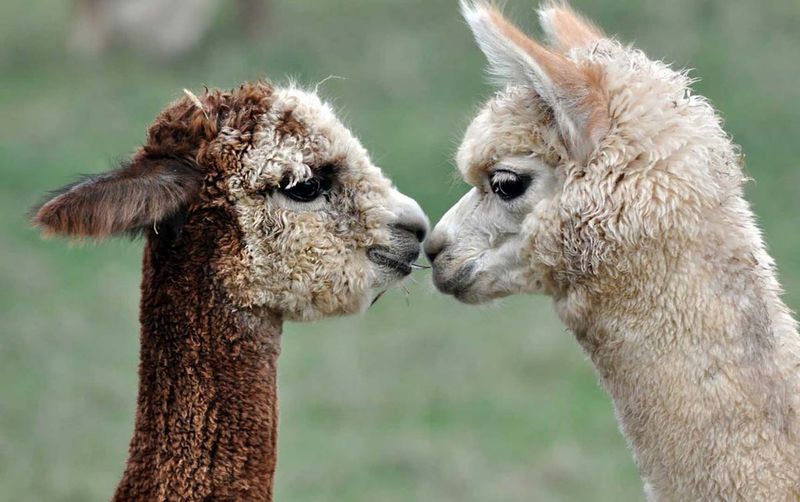
Alpaca fiber naturally occurs in 22 distinct colors – more than any other fiber-producing animal. This rainbow ranges from pure white through fawn, silver, rose-gray, to deep chocolate and true black.
Textile artists cherish this natural diversity since alpaca fiber accepts dyes beautifully while still maintaining its lustrous sheen. Andean weavers traditionally created intricate patterns using only natural alpaca colors, a sustainable practice that modern eco-conscious designers now embrace.
10. Curious Yet Cautious Personality
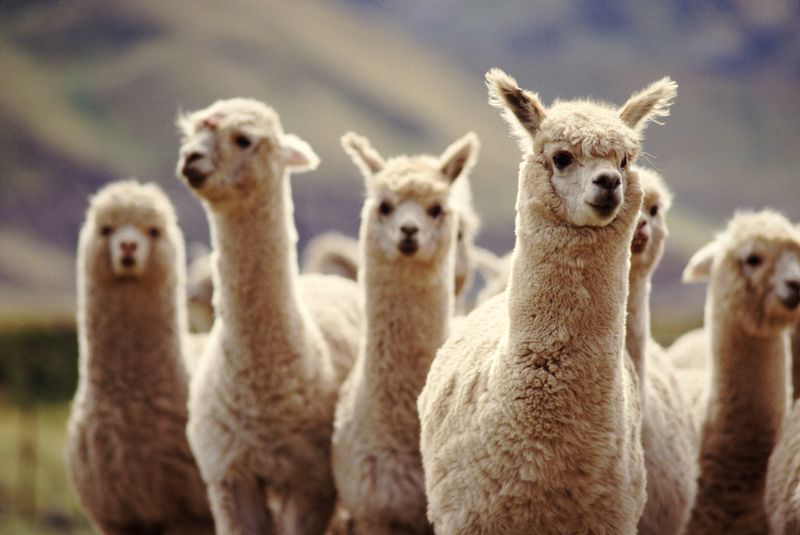
Alpacas balance natural curiosity with a healthy sense of caution. They’ll investigate new objects or people from a safe distance before deciding whether to approach.
This thoughtful temperament makes them excellent guardians for smaller livestock. Farm owners often keep alpacas with sheep or chickens for protection. Their alert nature combined with their non-aggressive response pattern—they prefer to sound alarms rather than attack—creates a harmonious farm dynamic.
11. Minimal Water Requirements
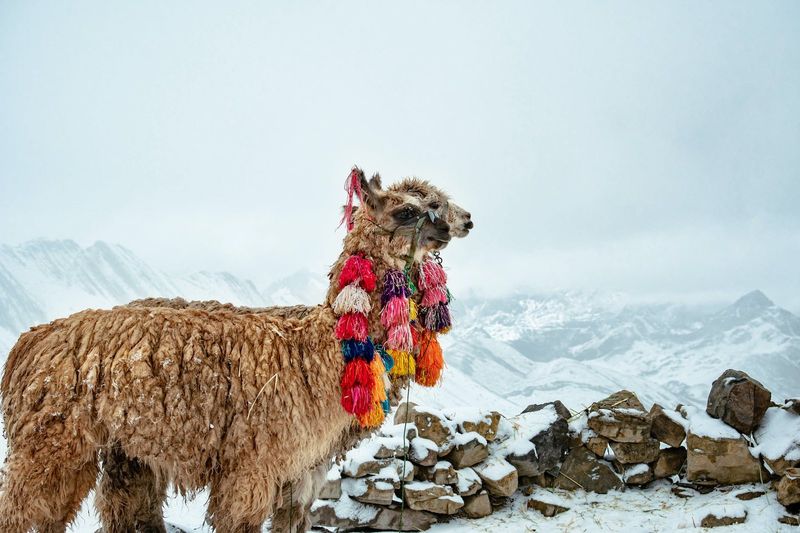
Adapted to high-altitude environments where water can be scarce, alpacas consume remarkably little water compared to other livestock. Their efficient metabolism extracts maximum hydration from their plant-based diet.
This adaptation makes alpacas sustainable choices for arid regions. Farmers in drought-prone areas increasingly turn to alpacas as climate-resilient livestock. Their water efficiency stems from evolutionary adaptations to the variable Andean climate.
12. Superior Insulation Properties
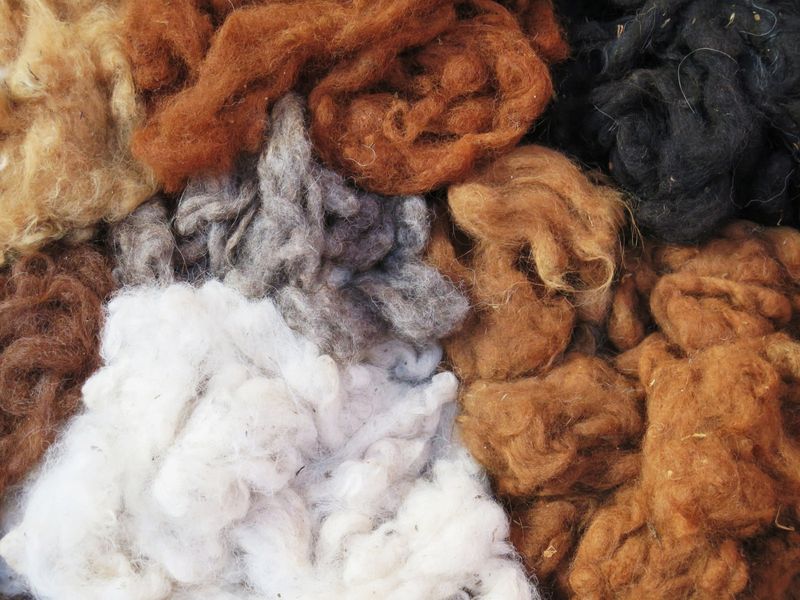
Alpaca fiber provides warmth with significantly less weight than sheep’s wool. The hollow core structure of each fiber creates exceptional insulation while remaining remarkably lightweight.
Mountaineers and arctic explorers often choose alpaca garments for extreme conditions. Tests show alpaca fiber provides up to five times more warmth than sheep’s wool of the same weight. This extraordinary warmth-to-weight ratio explains why alpacas thrive in frigid Andean nights without additional shelter.
13. Minimal Landfill Impact
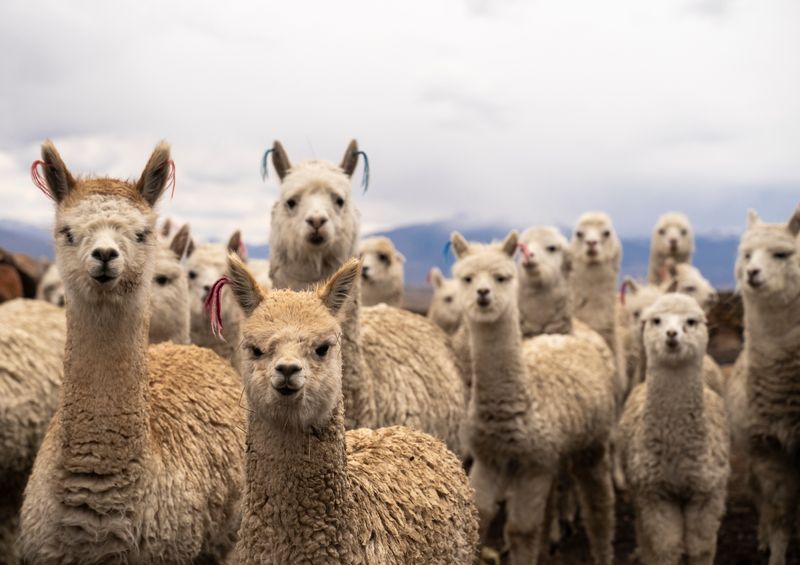
Unlike synthetic fabrics that persist for centuries in landfills, alpaca fiber is completely biodegradable. When alpaca garments eventually wear out, they return to the earth without leaving microplastic residues.
Gardeners sometimes use worn-out alpaca items as mulch or compost ingredients. The fiber breaks down naturally while adding nutrients to the soil. This biodegradability represents part of alpacas’ overall environmental friendliness throughout their product lifecycle.
14. Gentle Humming Vocalizations
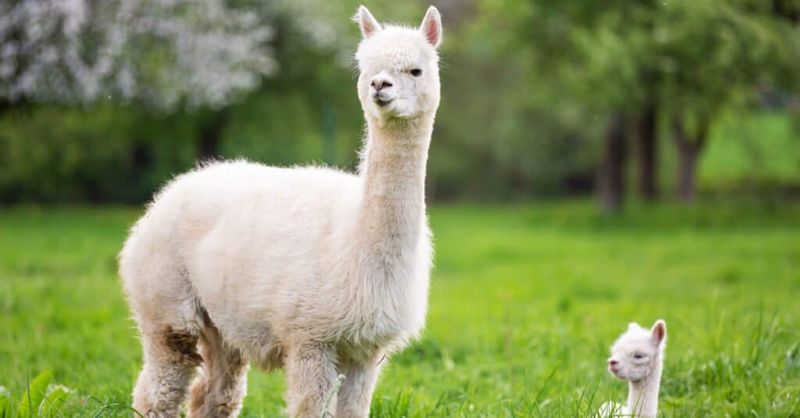
Alpacas communicate through soft humming sounds that create a peaceful farm atmosphere. These gentle vocalizations vary in pitch and rhythm to express different emotions and needs.
Mother alpacas hum continuously to their crias (babies), establishing vital bonds. The soothing quality of alpaca humming has led some therapy programs to incorporate these animals for stress reduction. Their musical conversations create a uniquely tranquil environment unlike any other farm setting.





